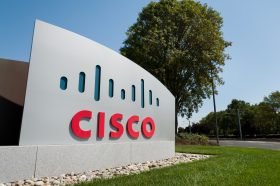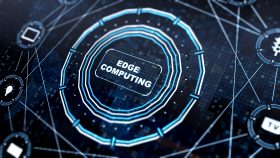Cisco to Infuse Support with Cloud AI

It’s already clear that machine learning algorithms are going to have a significant impact on the way IT gets managed at scale. Less clear right now is the impact those algorithms will have on the way IT services contracts are structured. Cisco today announced what it describes as a new set of predictive services that make use of machine learning algorithms and other related artificial intelligence (AI) technologies to reduce IT services costs.
The two core sets of services Cisco is launching are Cisco Business Critical Services, a subscription service through which Cisco technology experts will use analytics via a cloud platform on behalf of customers, and Cisco High-value Services, the latest iteration of Cisco Technical Services through which Cisco provides IT organizations with support using AI technologies when needed.
Cisco also announced that Cisco High-value Services will for the first time incorporate support for products created by more than 200 Cisco technology partners. Initially, Joe Cozzolino, senior vice president for Cisco Services, says Cisco will focus these services on engagements involving Application Centric Infrastructure (ACI) software and hardware along with six to eight third-party products before extending these services out to other platforms. In both cases Cozzolino says Cisco is moving to shift services from being reactive to proactive user experience.
“One of the issues with services in the past is that it’s not been all that user friendly,” says Cozzolino.
These services are possible now, says Cozzolino, because the maturity of the cloud coupled with advanced analytics is transforming how services will be delivered.
Cozzolino also notes that in addition to resolving IT issues before they arise, machine learning algorithms are being employed by Cisco to help fill a chronic gap in IT skills. Cisco today generate a quarter of its revenues from services. Cozzolino says that about three quarters of that revenue comes from traditional IT support, with the other quarter coming from professional services engagements.
It's not clear just yet if the rise of machine learning algorithms will result in IT organizations spending less money on support, or simply reduce the total cost of ownership for IT by reducing the cost of labor. It’s not likely machine algorithms will be replacing IT professionals any time soon. But the days when IT environments were held together by the manual application of the digital equivalent of duct tape and band aids is coming to an end.


















